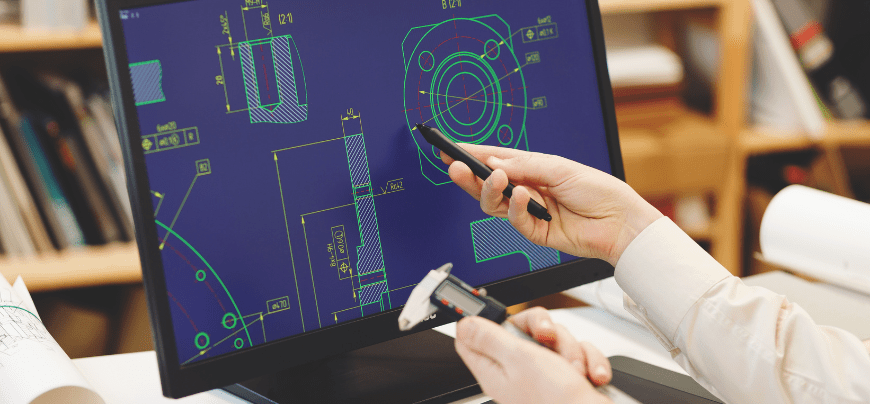
Computer Aided Design
Computer-Aided Design (CAD) is an essential tool in modern engineering, allowing for precise and efficient creation, modification, analysis, and optimization of designs. At Techpacs, our CAD services are designed to bring your concepts to life with accuracy and innovation, supporting various industries from initial idea through to final production.
2D and 3D Modeling:Our CAD services include both 2D drafting and 3D modeling, providing comprehensive solutions for your design needs. 2D drafting is ideal for detailed plans and schematics, while 3D modeling allows for visualizing complex geometries and assemblies, ensuring a clear understanding of the final product.
Product Design and Development:We assist in the entire product design and development lifecycle, from conceptualization and prototyping to detailed engineering and production-ready designs. Our CAD solutions help streamline the design process, reduce errors, and accelerate time-to-market.
Mechanical Design:Techpacs specializes in mechanical design, offering detailed design services for components, assemblies, and systems. Our expertise includes creating detailed part drawings, assembly instructions, and BOM (Bill of Materials) generation, ensuring all aspects of the design are meticulously planned and documented.
Reverse Engineering:Our reverse engineering services allow us to recreate accurate digital models from existing physical parts. Using advanced scanning and measurement techniques, we capture precise data to generate CAD models, enabling modifications, improvements, or replication of components.
Techpacs ensures the accuracy of CAD models through meticulous attention to detail, advanced design tools, and rigorous validation processes. We use precise measurement techniques and simulation tools to verify that models meet design specifications and performance criteria.
Reverse engineering involves capturing the design of an existing physical object and recreating it as a digital CAD model. This process is used to replicate, modify, or improve existing components and products.
We use advanced simulation and visualization tools for stress analysis, thermal analysis, fluid dynamics, and motion simulation. These tools help test and validate designs in a virtual environment, ensuring they meet performance and safety criteria before manufacturing.
Proficiency in CAD software typically requires skills in computer graphics, understanding of geometric principles, attention to detail, and often knowledge of industry-specific standards and practices.







